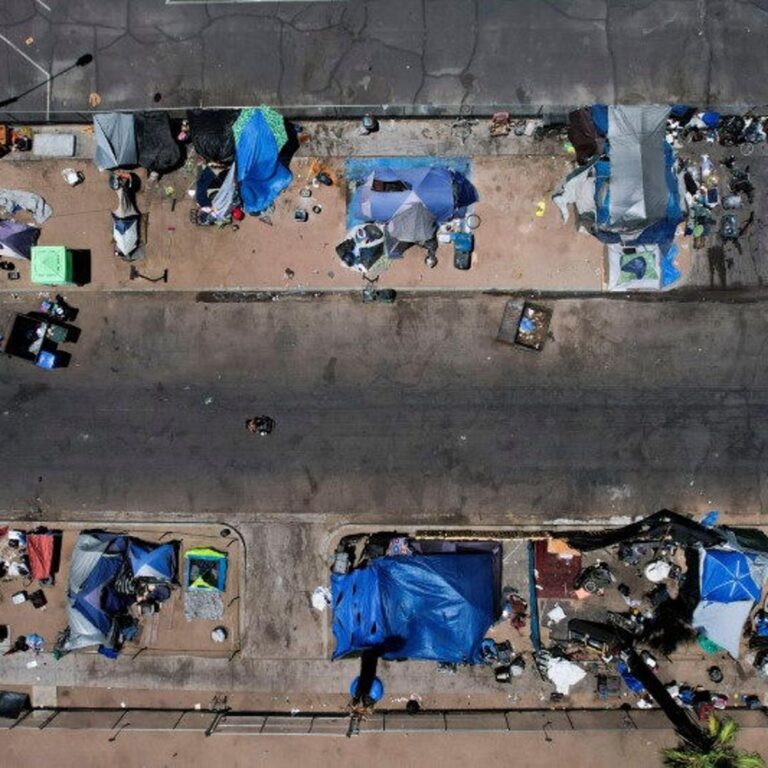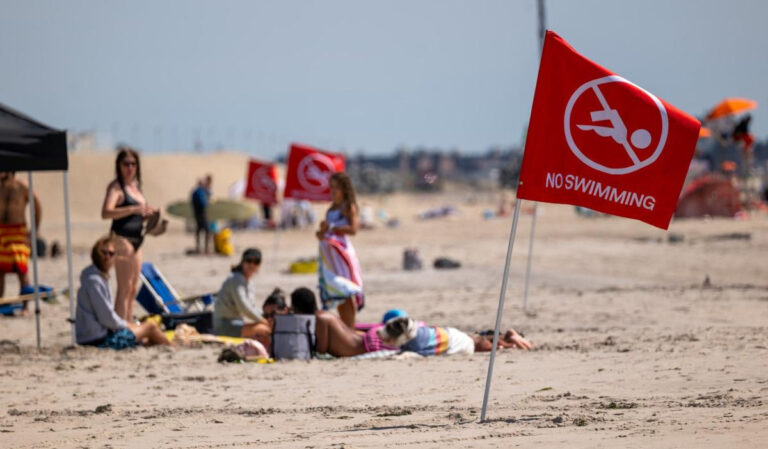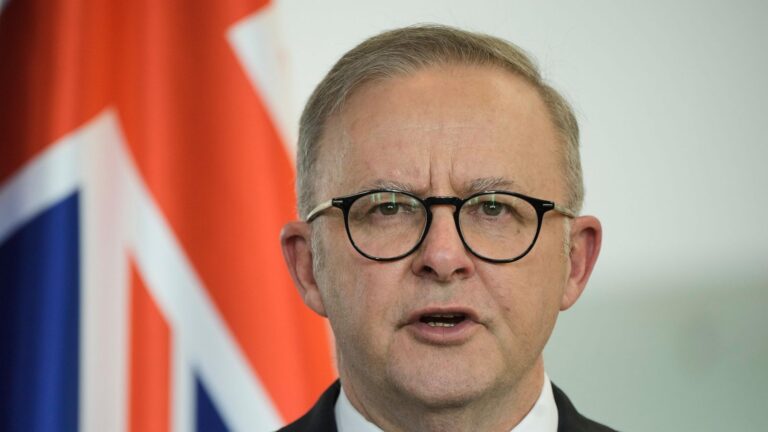The federal government’s gas code of conduct is now law, but it doesn’t affect supplies already under contract. The code also has plenty of exemptions.
KEY POINTS
- An emergency price cap took effect in late 2022 after gas price increases that followed the invasion of Ukraine.
- The price cap has been extended until 2025, but some say that it won’t do enough to lower retail prices.
- Most of Australia’s gas production is locked into overseas contracts, and some have warned of long-term supply gaps.
Households, cafes and manufacturers might think they’re going to get cheaper gas under a new price cap regime, but unfortunately that’s not how it works.
While the federal government’s mandatory gas code of conduct for producers is now law, it doesn’t affect supplies already under contract which means bills won’t suddenly drop.
An emergency price cap took effect in December after the whopping gas price increases that followed Russia’s invasion of Ukraine when some businesses faced a quadrupling of energy costs.
The competition watchdog advised that a cap of $12 per gigajoule would be reasonable, noting that almost all domestic wholesale offers made in 2021 were below that level.
The price cap has been extended until 2025, but that’s a wholesale, not a retail price.
Furthermore, export contracts aren’t included, short-term supply and smaller producers are also exempt and a new explicit exemption for liquefied natural gas imports has been added.
With most production locked into international contracts, Australia could soon be importing more LNG for domestic use.
How much gas is actually subject to the price cap? Not much.
Rick Wilkinson, CEO of analytics firm EnergyQuest, said with all the exemptions, it’s reasonable to ask how much gas is actually subject to the price cap.
“The answer is not much right now – we estimate it at approximately six per cent of total east coast production (which includes LNG), but a more material 21 per cent of domestic supply,” he said.
Having inserted itself as arbiter of the east coast gas market, the government may be forced to make some difficult decisions in the medium to longer term as artificially low prices do not encourage new supply, Wilkinson said.
He rejects the official view that the war in Ukraine and record international gas prices are the cause of the east coast market disruptions.
“Our analysis shows it is primarily caused by domestic issues and the availability of firm energy supply,” he said.
Warning of long-term supply gaps
The Australian Energy Market Operator has warned of long-term supply gaps and the risk of gas shortfalls in coming winters, particularly if severe weather hits.
EnergyQuest has forecast the east coast gas market will be short of supply by the end of the decade and possibly much sooner, depending on whether new domestic supply or LNG imports are established and how the exit of coal plants is managed.
Peak demand shortages may come earlier depending on the weather.
“The code doesn’t fix these problems,” Wilkinson said.
Amid calls for windfall war profits to be taxed, the federal government says the gas price controls take into account the key costs for domestic producers and allow a “reasonable” return.
Is the government doing enough?
Australian Council of Social Service CEO Cassandra Goldie says that, while the price cap should help put downward pressure on household gas prices, the government should do more.
The peak body says a 10 per cent royalty on offshore gas production would fund a transition away from gas.
“International gas corporations are making enormous profits from public resources while soaring energy bills are forcing people on lower incomes to choose between heating their homes and eating three meals a day,” Goldie said.
“The energy minister should monitor the exemptions to the cap, which could allow too many companies to exceed the cap and make very large returns.”
The government should also work with energy retailers to provide energy debt relief to people in energy hardship, she said.
Further investment in energy efficiency, electrification and solar retrofits for low-income housing could also ease energy poverty.
Source: SBS News







